speaking of the cello!
this is a wonderful recital album, beautifully recorded too.
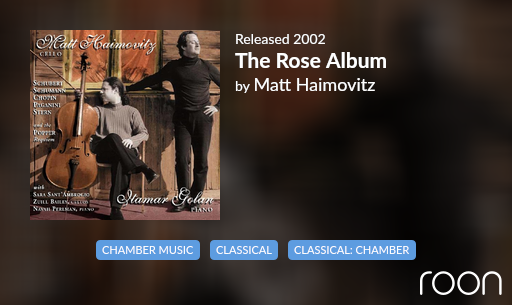
speaking of the cello!
this is a wonderful recital album, beautifully recorded too.

Thank you for the recommendation.
Apropos the “speaking of piano trios and Schubert” from @Andreas_Philipp1 above, I was corrected by a friend that my opinion of the Beaux Arts Trio performance was based upon the wrong recording. I’m listening to this recording and find myself happily relieved of another bit of ignorance.
this is the way.
This is indeed a great performance, hearted in my library since its release last year…
Must be a regional thing; I can find it on Qobuz at my place.
Coincidentally, I have been listening to several versions of these outstanding trios recently.
Having always regarded Beaux Arts as incomparable, it was a pleasure to discover that Wanderer are close to their equals.
I will now give Suk a try and look forward to further recommendations.
Thanks for these. The Melos Quartet are worth exploring.
I can strongly recommend
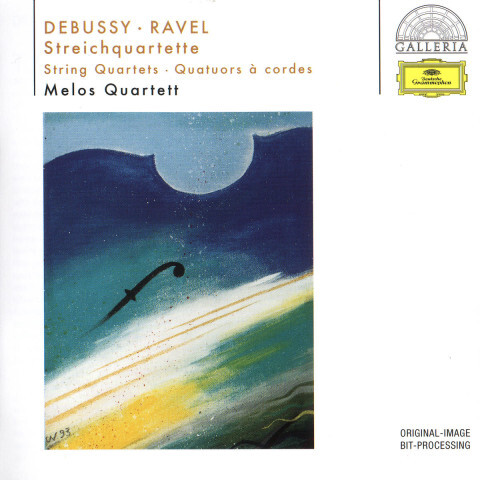
and
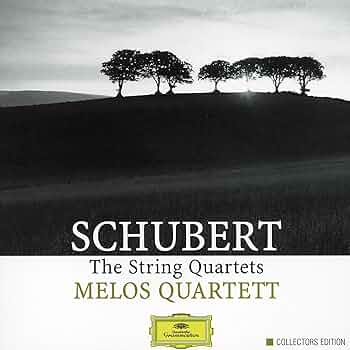
Many hours of exquisite listening.
Thank you, Philip. Looking forward to listening to these. You inspired me to look a bit more into this quartet(t). Do you have any other favorites by this Stuttgart-based, now disbanded quartet? Listening again to Trio Wanderer’s Piano Trio. Love the Harmonia Mundi sound engineering almost as much as the performances.
Have to be careful with Suk Trio recordings. Some of their early Supraphon recordings are not well-engineered, which tempers their brilliant performances. I have the later Denon CD’s and don’t think all of them are available on streaming services.
There is a nice thread on D898 on TalkClassical, with a nearly encyclopedic note by @josquin13 https://www.talkclassical.com/threads/thoughts-on-schubert-piano-trio-no-1-d898-recordings.85906/
Bill
I also enjoyed
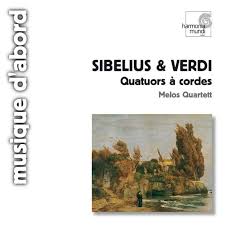
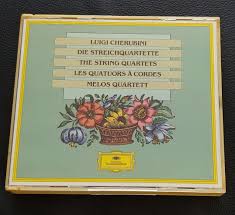
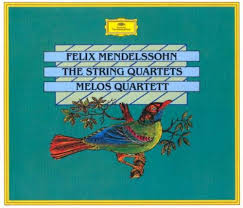
I will now explore further and please let me know if you find other delights.
Antonio Vandini (1690–1778) was known as a formidable cello virtuoso, member of the Veneranda Arca at Padua’s Basilica del Santo, where Giuseppe Tartini was concertmaster. Both were friends and duo partners, and Tartini composed several cello concertos for his good friend and colleague.
It has been reported by contemporary observers that Vandini used the old-style underhand bow grip, and this is the way Francesco Galligioni plays Vandini’s surviving oeuvre on this remarkable album from 2020. In 2021, Elinor Frey would release her album with the same works, which makes for great parallel listening…
Mahler’ s 4th symphony in a magnificent recording by Maazel. Kathleen Battle’s performance is magical and unrivaled. 5 stars.
https://i.imgur.com/8yswZAx.png
Following up on my previous post, here’s some complementary music by Giuseppe Tartini (1692–1770), who doesn’t deserve at all to be reduced to the (in)famous Devil’s Trill sonata…
As to his op. 1 and op. 2 sonatas, I like very much the recording made by Enrico Gatti, with Gaetano Nasillo (cello) and Guido Morini (harpsichord) making up the continuo group. The music is beautifully played, with well-recorded sound and a good essay by Gatti in the booklet notes.
I also enjoy listening to David Plantier and Annabelle Luis, who together are the Duo Tartini. This format, violin solo with cello accompaniment, may remind us of how Tartini himself might have played his sonatas, accompanied by his friend Antonio Vandini…
Maazel´s rendering and Battle´s singing are indeed very good, but again they are not perfectly hitting my personal taste when it comes to those Mahler´s compositions referring to naive folk music and alike. I find it to be a bit too broad, dramatic and romantic.
It is beautiful music with lots of good-sounding recordings and maybe not the most difficult Mahler symphony to perform well. To really hit Mahler´s tone perfectly is quite difficult, in contrary. Despite from folk-like passages requiring modest, naive, almost vibrato-less singing and playing there are a lot of arrangement references to Mahler´s early hefty compositions such as Symphony #1 and Symphony #2 as well as some sharp rhytmic passages of the dances. A conductor has to balance these three sides and it is pretty difficult especially in the first movement and the song-like finale.
My first choice would be Haitink´s version with the Concertgewouworkest and Christine Schäfer as it is the most balanced and technically most precise in my understanding. Mahler´s naive folk-tone is well-integrated and the late-romantic passages shine but still the symphony feels like one piece (which is a good idea as themes are used in several movements). It can be sharp and impulsive at times but rhythmically flawless. That is surprising as you can clearly hear that it is a live recording with audience present (at times a bit noisy). Christine Schäfer is declamating maybe a bit exaggerated but her voice does not sound overly operatic and changing to pianissimo and back is a delight.
In contrast Ivan Fischer´s light reading with the Budapest Festival orchestra and Miah Persson is highlighting the folk tunes, dances and beautifully pure singing. Solistic phrases really sound solistic. Do not expect too much of expressive eruptions here, it is rather a chamber-like reading emphasizing this aspect of Mahler´s composition, maybe sounding a bit static in the slow movement #3 at times. Miah Persson is wonderfully imtimate, really celebrating the text with a hint of Weill-style singing but this is clearly a result of the recording engineer´s tricks and the fast tempo of the last movement to help her mezzopiano stay in balance with the full orchestra.
Released yesterday, this is gorgeous! If you feel some love for old keyboard instruments, don’t miss out on this album. Martin Helmchen plays Bach’s partitas on an all-original 1790 tangent piano, which is capable of producing some beautiful and contrasting sounds. The lower register of this instrument is quite sonorous, which helps the counterpoint to pop out. And Helmchen quite obviously is in love with this instrument’s lute register…
I am still regularly listening to Wolfgang Rübsam’s lute harpsichord recordings, which I adore. I can only hope there will be more recordings by Helmchen on this treasure of an instrument, which the booklet tells us is being kept in Köthen.
Thank you @woodford again for the Matt Haimovitz & Itamar Golan, Various: The Rose Album, which was nominated for INDIE Award for Best Classical Album of 2002. At first non-plussed by this recording (what is its basis?), I researched it and found that the Rose alluded to, the great American cellist Leonard Rose, was Mr. Haimovitz’s teacher and mentor. For more on Mr. Rose please see
http://www.cello.org/Newsletter/Articles/rose/rose.htm
If you paste this into the header for your search engine, it should bring you to a wonderful Tim Janof article, Leonard Rose Remembered. Mr. Rose had a most impressive career and worked with many of the greats of his era.
This recording is as you say. The performances are quite good and well-recorded. Thoroughly enjoyable, particularly to a cello repertoire lover. There are occasional klezmer elements in Mr. Haimovitz’s playing. I greatly enjoy this. The piece Hazkarah was completely new to me and I find it spellbinding.
I appreciate your bringing this recording and Mr. Rose, whose legacy lives on in many orchestras and whose trio recordings I am now in the hunt for, to our attention.
thanks Bill, glad you enjoyed it. I assumed the connection to Leonard Rose was understood, but thank you for highlighting, and for the link.
and yes, the klezmer influence is very enjoyable.
speaking of Leonard Rose, this album features lovely, beautifully flowing playing from all three players. nicely recorded too.
I trust it won’t discomfit anyone if I mention it’s available in MQA as well.
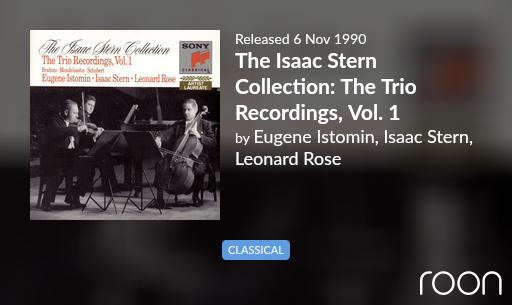
Usually I do not buy or recommend sampler albums with arias from different operas neither do I collect recordings of a particular artist or conductor just for the sake of ´being complete´. This one is and exception because it is on one hand a rare but informed view into a period of opera which is mostly forgotten: castrato arias from the first half of the 18th century being associated with or written for the castrato Farinelli. Secondly is was the last surround recording by René Jacobs I did not own, and he is in my understanding the best conductor for 18th century vocal music.
Coloratura is of course one thing you hear a lot on that one, and mezzo Vivica Genaux is indeed the perfect choice as she seems not only to have the reserve of air needed for these coloratura fireworks but also the technique, the merely alto-like timbre despite from being a true mezzo and the seamless integration of the lower registers giving us a credible impression how Farinelli might have sounded. René Jacobs and the Akademie für alte Musik Berlin are great as always although they are not as expressive and impulsive as in later recordings of that team. But this is rather an advantage as we also hear the more afetto-laden arias in a historical informed way.
Regarding Mahler’s fourth symphony, I have zero capability of being objective because I find the 4th, 5th, 6th, 7th and 9th very emotional and I get lost in the music, completely. Yes, I love Mahler’s music.
Like most, I think the Maazel/Battle/Vienna (CBS) is fantastic but I tend to listen to the below recordings over and over for reasons that would be uninteresting here but I thought I would mention them.